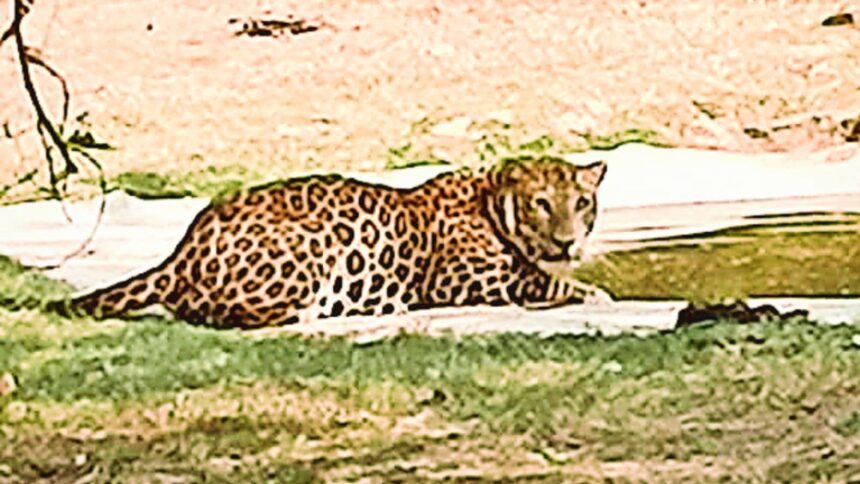A two-year-old leopard, rescued from South Goa’s Sanguem taluka on Monday, died while undergoing treatment at the zoo in Bondla Wildlife Sanctuary in the early hours of Tuesday. Forest department officials said the leopard died of “internal injuries” and that the cause of those injuries were yet to be ascertained.
This comes two days after a five-year-old female black panther died after being hit by an unidentified vehicle in the Priol-Ponda range on Sunday.
Accusing a senior forest department official of dereliction of duty, Forest Minister Vishwajit Rane said Tuesday that he has asked the state government to initiate action against the official. Rane also said the government is considering roping in an NGO to handle wildlife-related emergencies.
On Sunday, Rane had directed officials to conduct an inquiry into the death of the black panther and submit a detailed report.
On Monday morning, a leopard strayed into Villian village in Sanguem, near Netravali wildlife sanctuary, and entered a house, forest officials said. It was later trapped and rescued by forest department officials and taken to the Bondla zoo.
A forest official said, “When it was rescued, the leopard was already bleeding from the nose and also had other severe injuries. It is possible that it was hit by a vehicle and strayed into human habitation. The leopard died of internal injuries while receiving treatment at around 2 am. The postmortem has been conducted and a report is awaited.”
Principal Chief Conservator of Forests Kamal Datta said, “The forest department is preparing an action plan to enhance veterinary capabilities, especially in cases where wildlife fatalities occur due to injuries from speeding vehicles on roads.”
According to the ‘Status of Leopards in India’ report released in 2024 by the Union Ministry for Environment, Forest and Climate Change, the leopard population in Goa in 2022 was estimated to be 77, with approximately 26% of the population residing outside protected areas. The report flagged an increase in cases of leopards straying into human habitations around villages on the periphery of Cotigao Wildlife Sanctuary.








